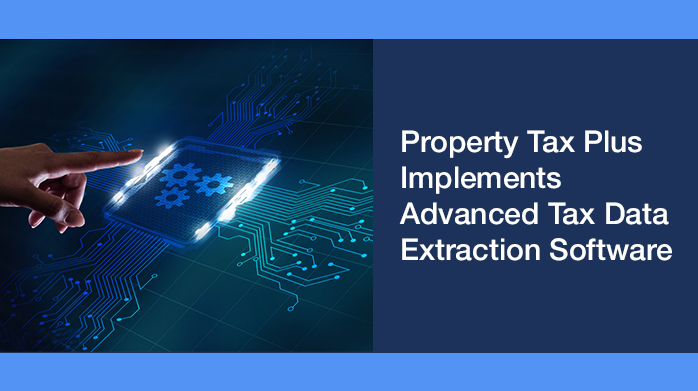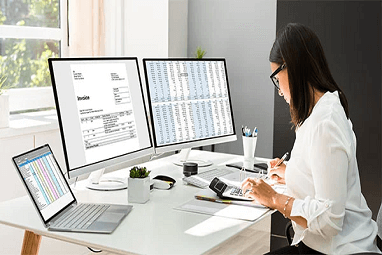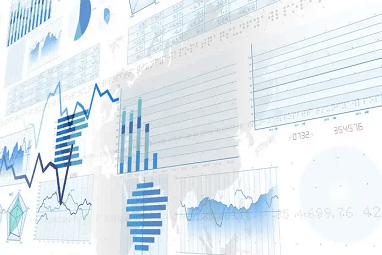

Challenges
Implementation
The implementation of tax automation software was carried out in several phases:
1. Assessment and Planning: Property Tax Plus conducted a thorough assessment of its existing processes to identify areas where automation could provide the most benefit. This included mapping out the tax data extraction workflow and determining the requirements for the new software.
2. Software Selection: After evaluating several options, Property Tax Plus selected the best tax software for tax preparers that offered comprehensive tax data extraction features. Key criteria included ease of integration, scalability, and the ability to handle complex data sets.
3. Integration and Training: The selected tax automation software was integrated with the firm’s existing systems. Employees underwent training sessions to ensure they could effectively use the new tools and maximize their potential.
4. Testing and Optimization: The software was tested extensively to ensure it met the firm’s needs. Feedback from users was used to optimize the system and address any issues that arose during the initial deployment phase.

Results
- Increased Efficiency: The automated tax data extraction process reduced the time spent on manual data entry by 70%. This allowed the firm to handle a larger volume of property tax appeals without increasing headcount.
- Improved Accuracy: Automation minimized human errors associated with manual data entry, resulting in more accurate and reliable data for tax appeals.
- Enhanced Client Satisfaction: Faster processing times and more accurate data analysis improved the overall client experience, leading to higher satisfaction rates and increased client retention.
- Scalability: The scalable nature of the tax automation software enabled Property Tax Plus to easily accommodate growth and manage a higher number of cases as the business expanded.


FAQs
Case Study

Tax bill automation for one of the largest production companies

Forecasting for a leading midstream provider


